The accident at Japan's Fukushima Daiichi nuclear power plant on March 11, 2011, has sparked many safety improvements in the nuclear industry over the past decade. Lessons from the accident and its aftermath will influence firms and regulators as they consider the future design, construction, operation and decommissioning of nuclear reactors.
An American Nuclear Society webinar, “Nuclear News Presents: A Look Back at the Fukushima Daiichi Accident,” held yesterday was attended by more than 1,550 viewers and generated about 150 questions to the panelists. The attendance was the largest ever for an ANS webinar.
The panelists were Mike Corradini, emeritus professor, University of Wisconsin; Dale Klein, former chairman of the U.S. Nuclear Regulatory Commission; Joy Rempe, principal, Rempe and Assoc. LLC; Lake Barrett, senior advisor, Tokyo Electric Power Company and Japan’s International Research Institute for Nuclear Decommissioning (IRID); and Paul Dickman, senior policy fellow, Argonne National Laboratory.
The webinar’s recording and slides are available here, along with an e-version of the March issue of Nuclear News, which features a cover story on the Fukushima Daiichi accident.
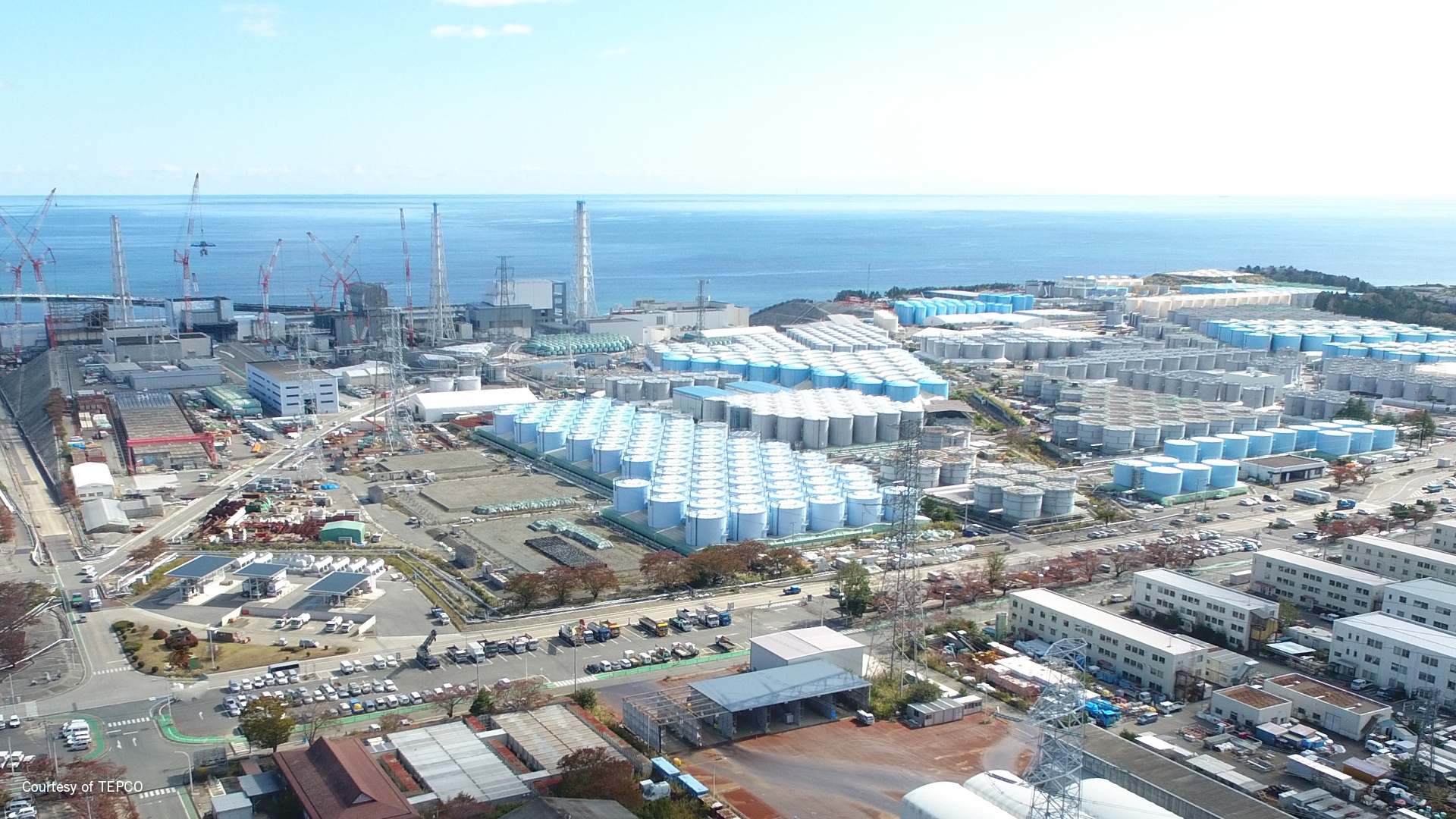


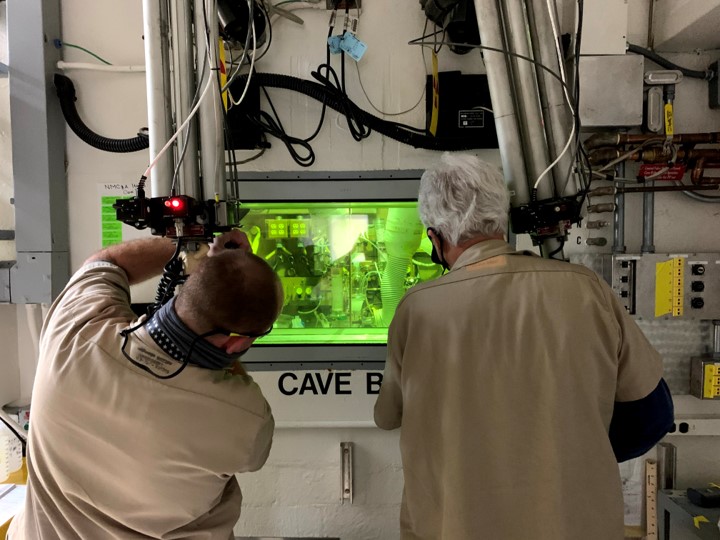
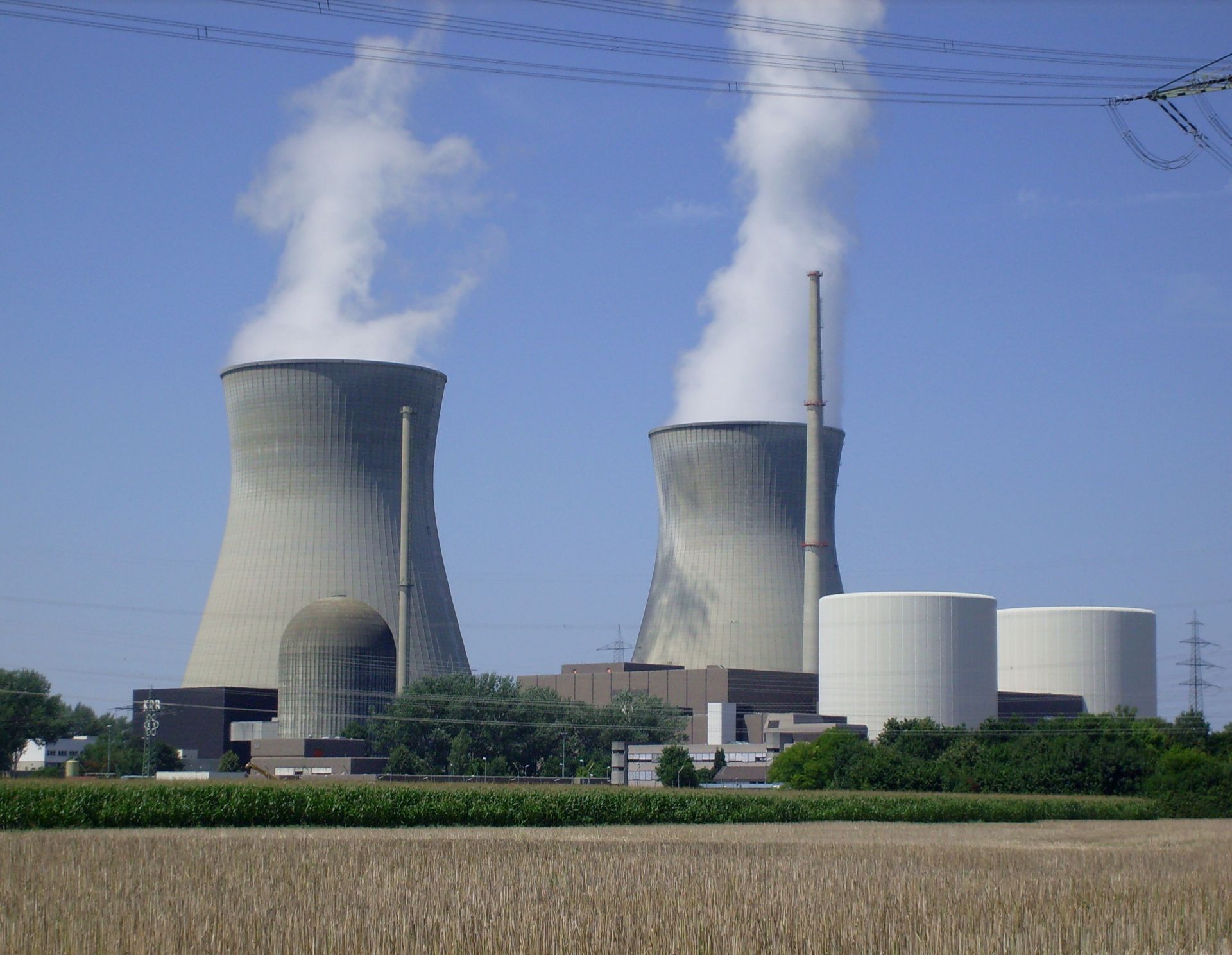
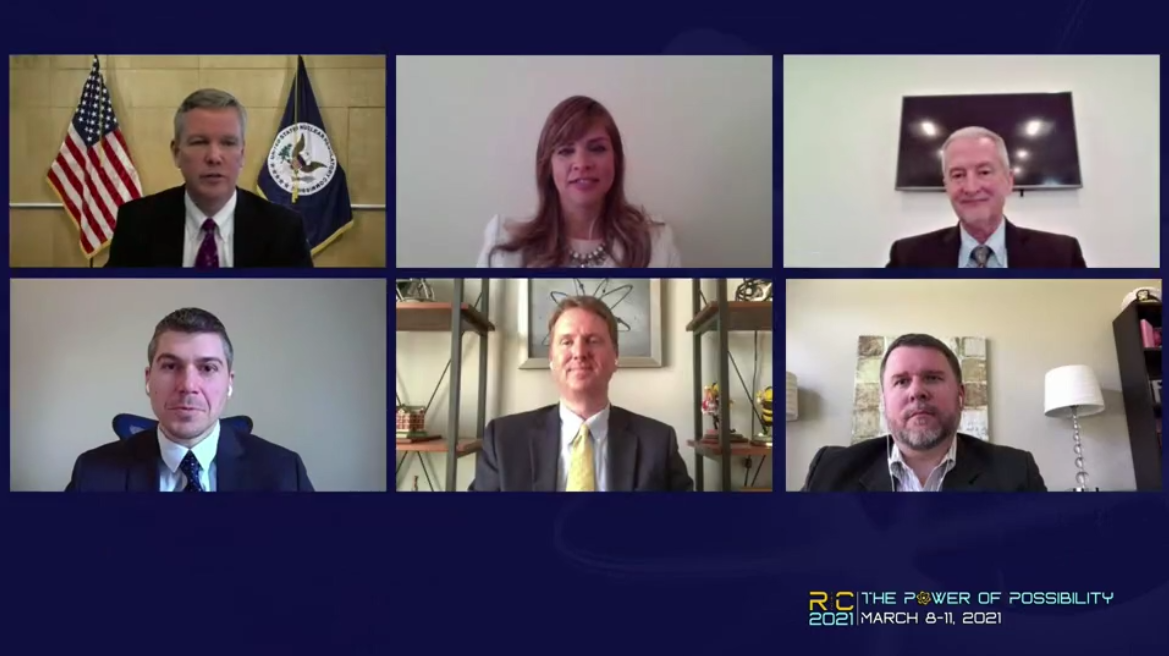
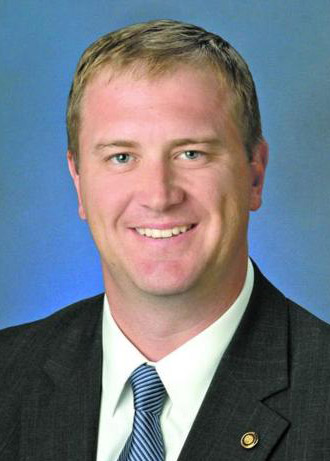

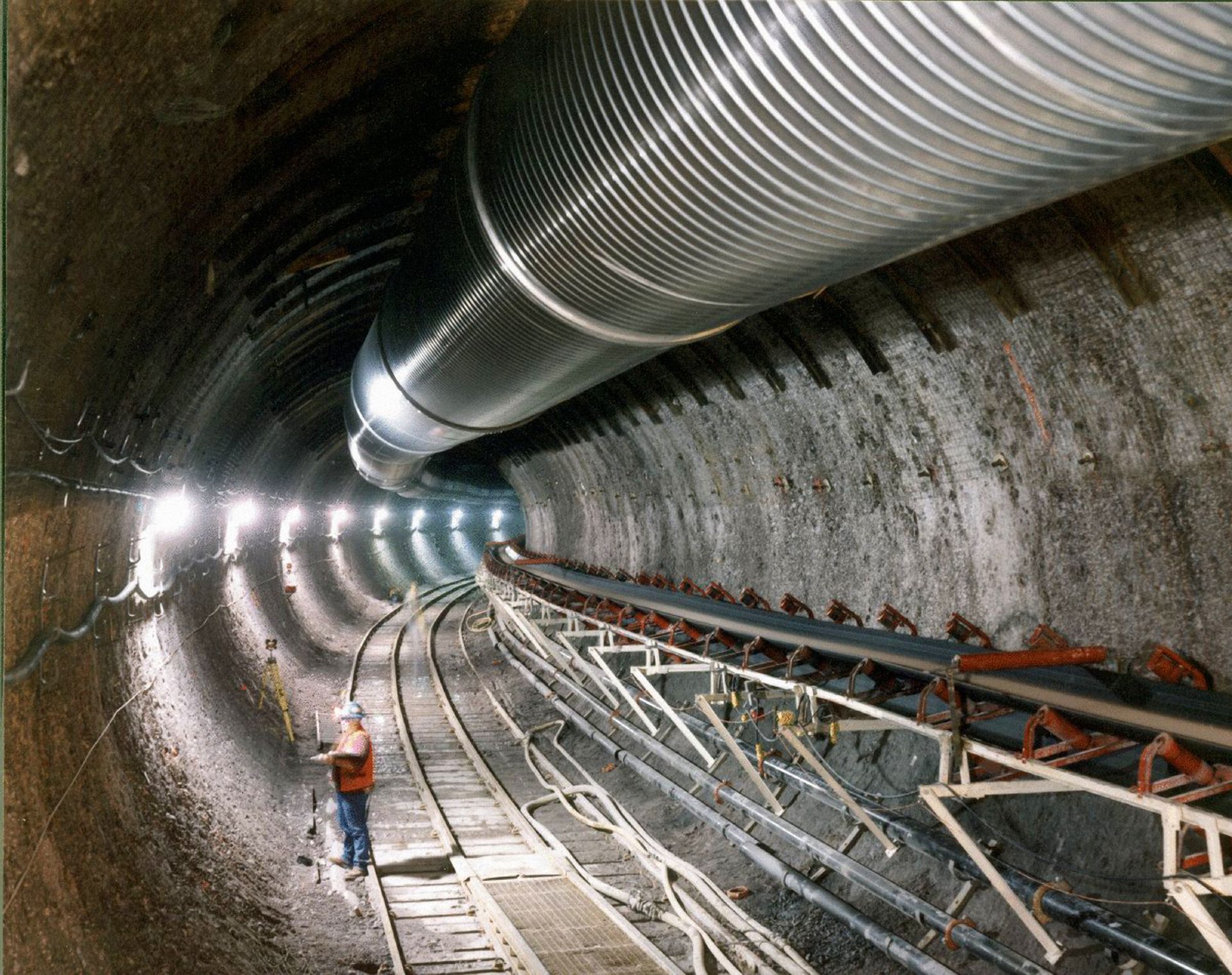



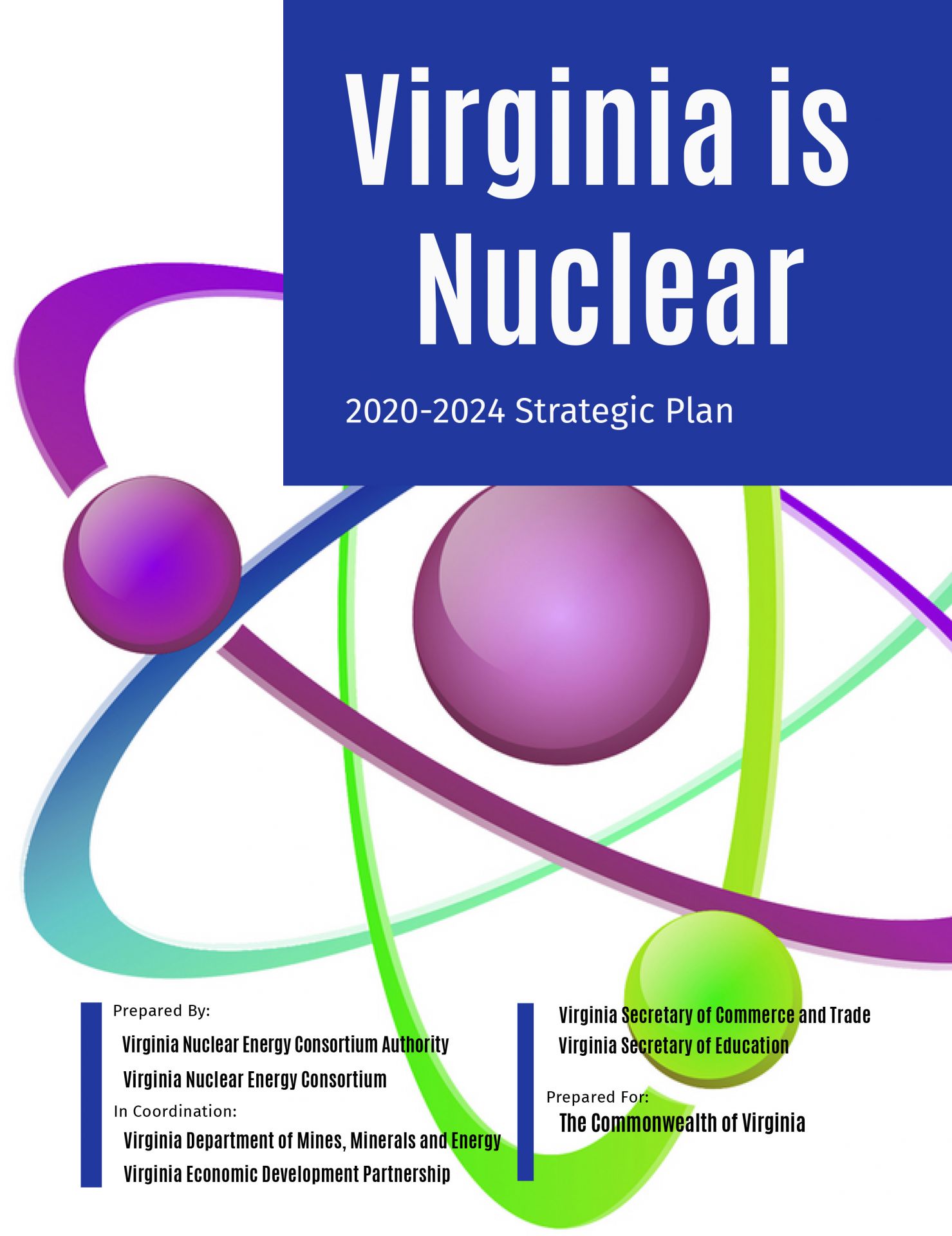 Virginia’s nuclear-sector stakeholders, led by the Virginia Nuclear Energy Consortium Authority (VNECA), have drawn up a plan for helping the state reach its goal of 100 percent carbon-free electricity generation by 2045.
Virginia’s nuclear-sector stakeholders, led by the Virginia Nuclear Energy Consortium Authority (VNECA), have drawn up a plan for helping the state reach its goal of 100 percent carbon-free electricity generation by 2045.
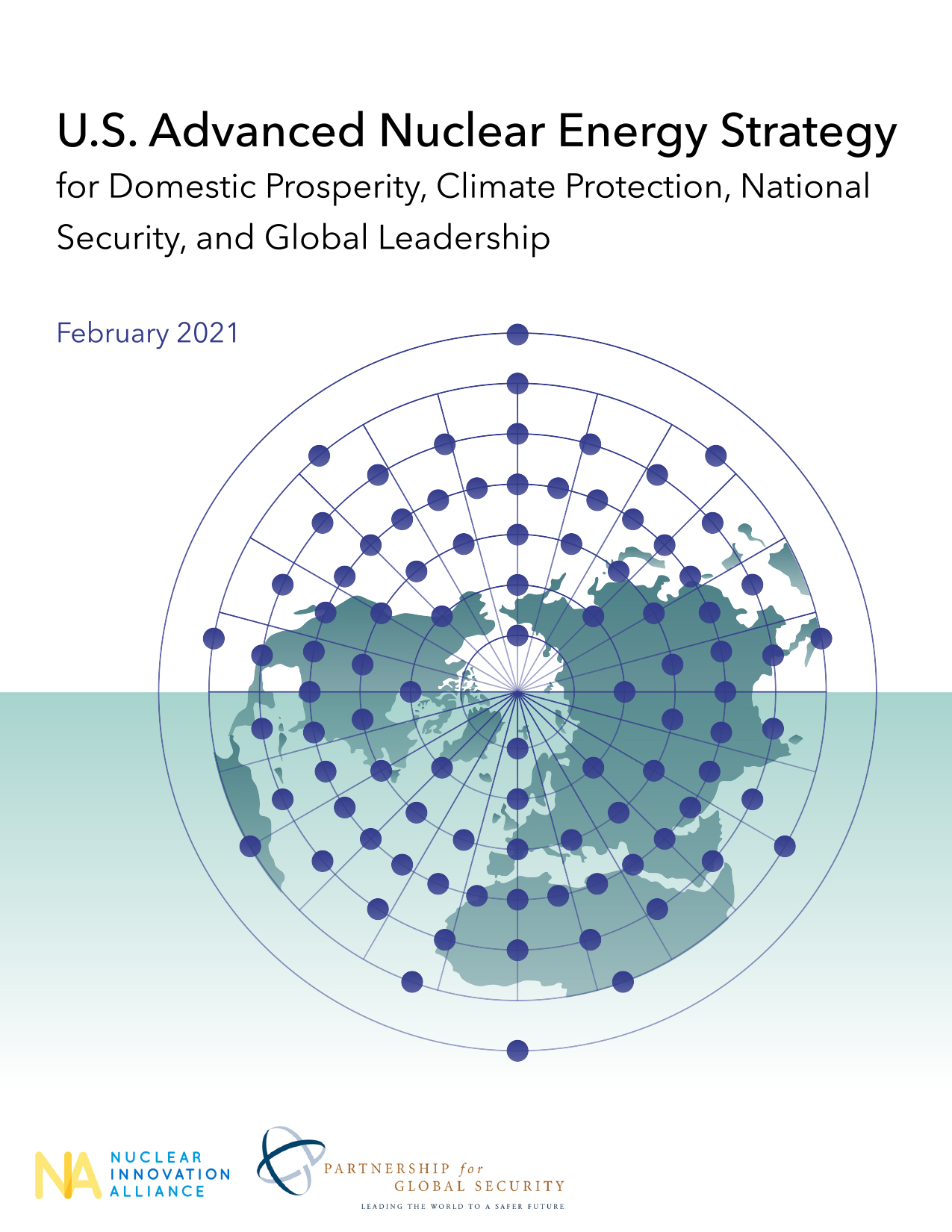 The
The